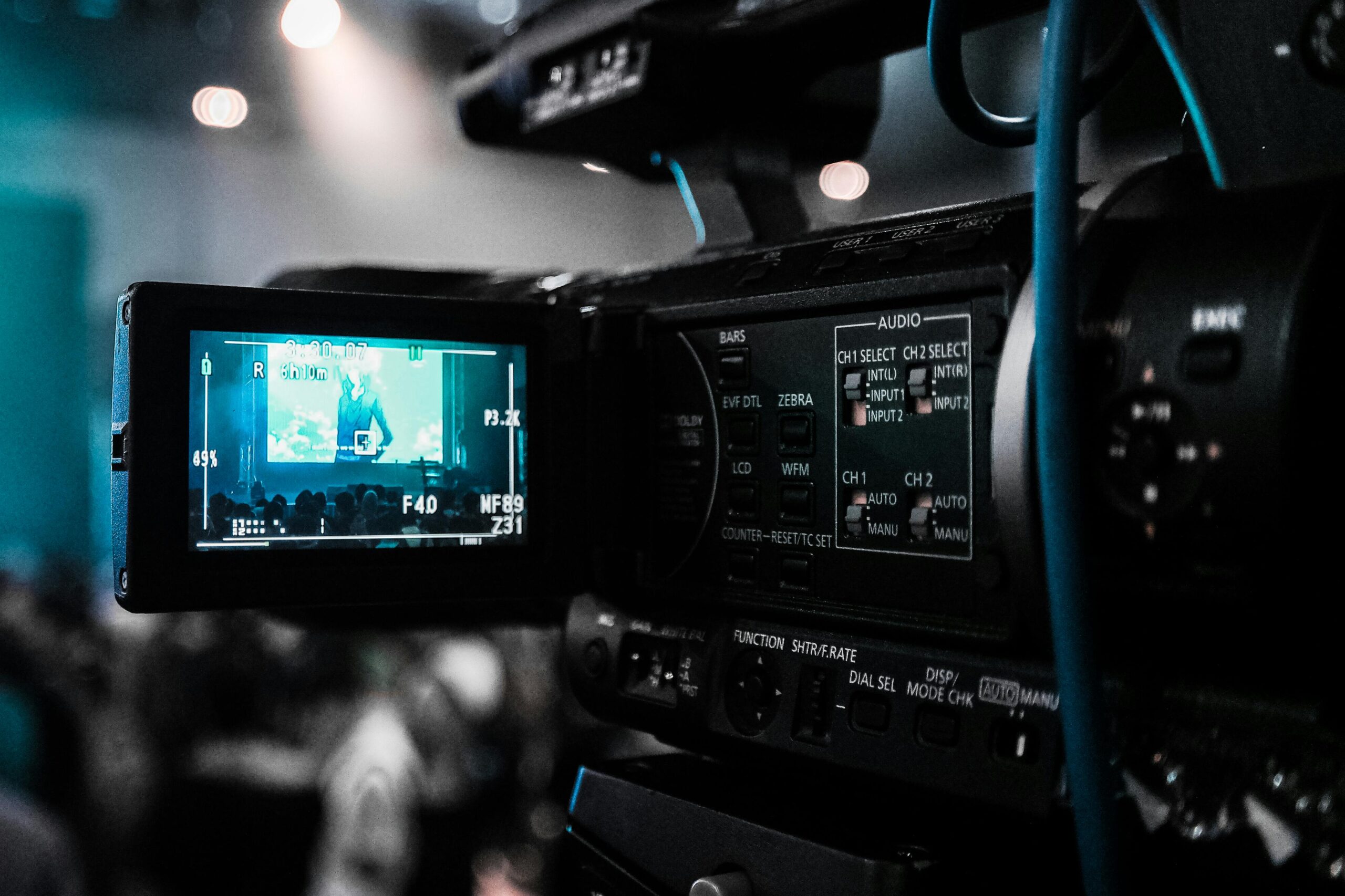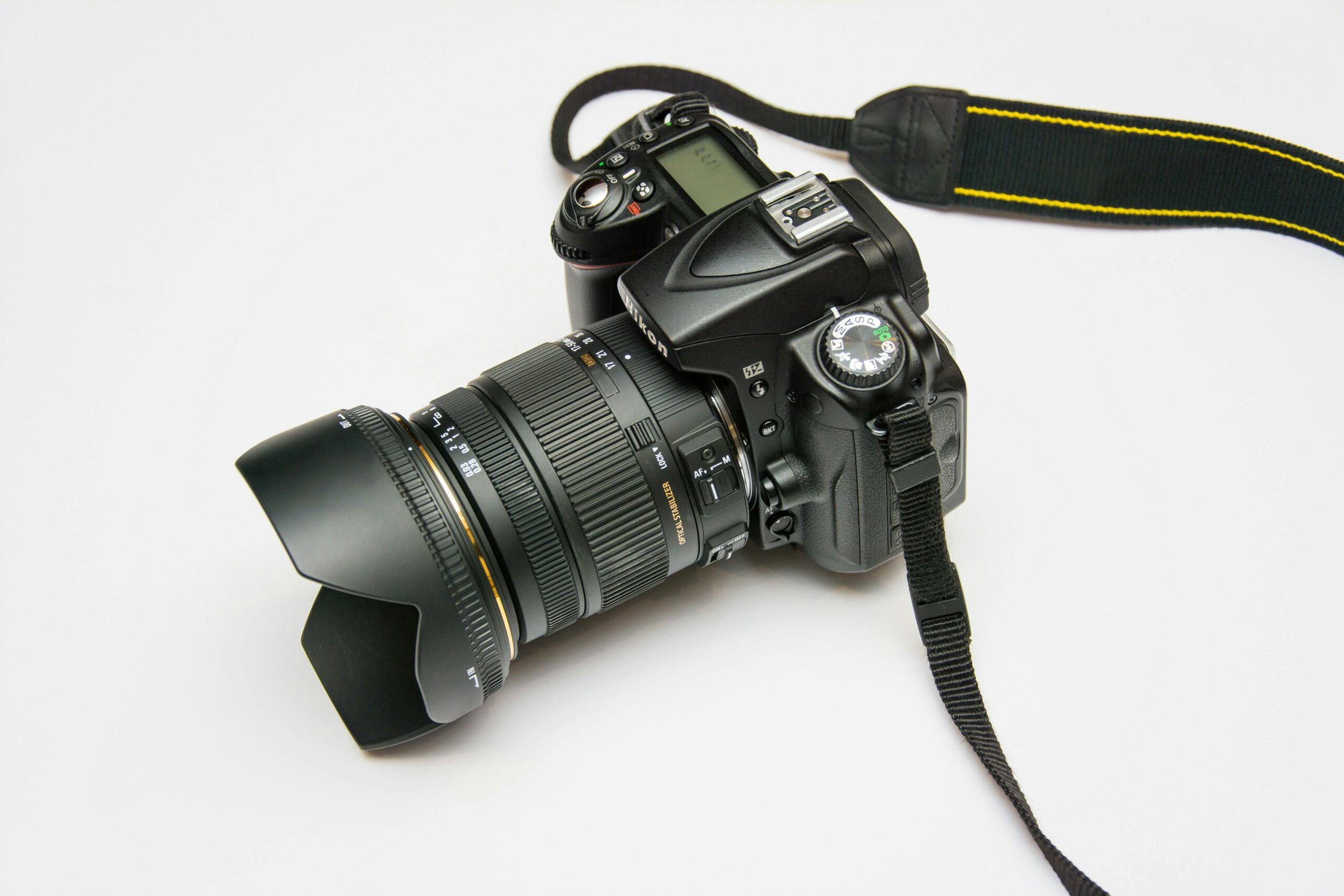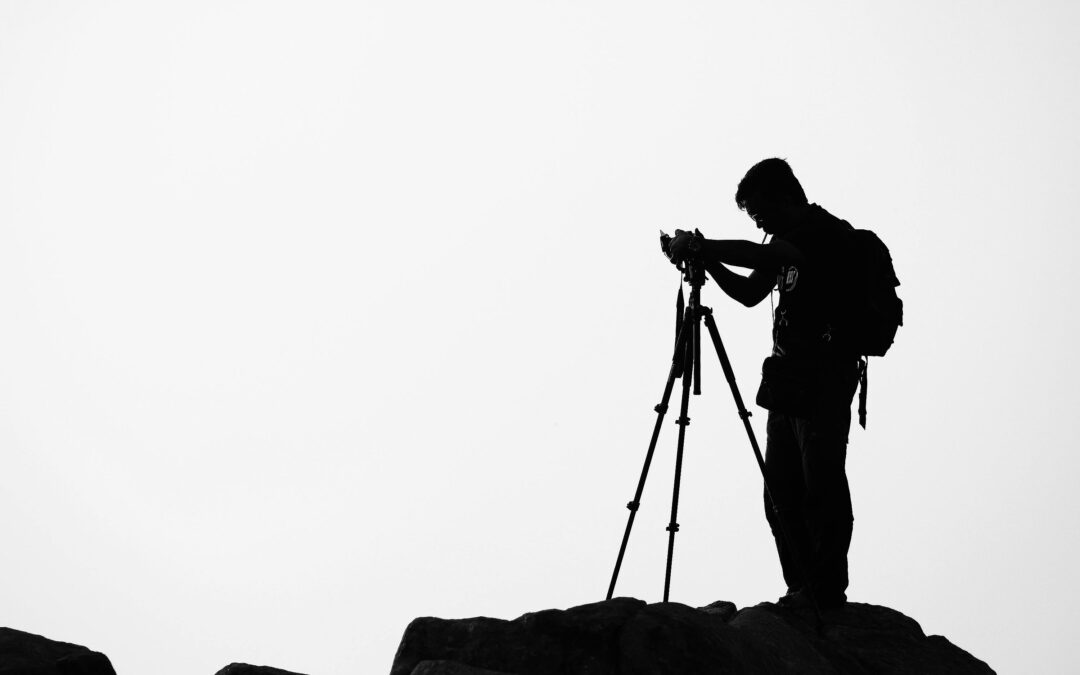There’s something magical about holding a 35mm film camera and knowing each shot matters. I remember the thrill of loading my first roll and the anticipation that grew with every click. Unlike digital photography where you can snap endlessly film forces you to slow down and really think about each photo.
Starting with film might seem intimidating but it’s actually a rewarding way to learn the basics of photography. The process teaches patience and creativity while helping you understand light and composition in a hands-on way. If you’re curious about the best film cameras for beginners you’re in the right place.
What Makes 35mm Film Cameras Great for Beginners
Simplicity defines 35mm film cameras for beginners, since most models prioritize basic controls over complex menus. Point-and-shoot 35mm cameras such as the Olympus Stylus Epic or Canon Sure Shot offer intuitive automatic focus and exposure, which let me focus on framing and creativity. Manual 35mm cameras like the Pentax K1000 or Nikon FM10 provide clear dials and labeled controls, so I can learn core photography concepts in context.
Affordability connects beginners to 35mm film cameras with initial camera bodies often costing less than $100 on the used market (source: KEH Camera, March 2024). Film rolls are available for around $10 per 36-exposure pack, making entry into film photography accessible without a large upfront investment.
Availability ensures I can easily find film, batteries, and processing services at most camera stores or online retailers. Many labs, for example The Darkroom and Richard Photo Lab, process 35mm film and scan negatives, so I get both physical prints and digital files for easy sharing.
Immediate feedback constraints foster skill development. Each 36-exposure roll limits my shots, so I think before pressing the shutter. Waiting for film processing encourages me to review camera settings and anticipate results, building a practical understanding of exposure and composition over time.
Below, I’ve included a table comparing attributes that make 35mm film cameras suitable for beginners:
| Attribute | 35mm Film Cameras (Beginner Models) | Context Example |
| Simplicity | High | Olympus Stylus Epic, Pentax K1000 |
| Affordability | High | <$100 (used), $10/roll |
| Availability | High | Lab services, film in stores |
| Educational Value | High | Manual settings, limited shots |
| Portability | High | Lightweight, compact bodies |
Reliability stands out, as sturdy mechanical 35mm cameras such as the Canon AE-1 can operate for decades with minimal electronic parts, making them ideal learning tools for consistent practice.
Key Features to Look for in a Beginner 35mm Film Camera
Evaluating key features in a beginner 35mm film camera speeds up learning while increasing enjoyment. I focus on controls, build, and lens options to find the best fit.

Manual vs. Automatic Controls
Manual and automatic controls shape how I interact with 35mm film photography. Manual controls let me adjust settings like shutter speed, aperture, and focus on models like the Pentax K1000 or Canon AE-1. These teach fundamentals such as exposure and depth of field. Automatic controls, found in point-and-shoots like the Olympus Stylus Epic, handle focusing and exposure, making them ideal for quick shots or casual use. I pick manual for more creative control and automatic for ease and reliability.
| Control Type | Example Models | Best For |
| Manual | Pentax K1000, Canon AE-1 | Learning basics, creative photography |
| Automatic | Olympus Stylus Epic, Canon Sure Shot | Quick snapshots, convenience |
Build Quality and Ergonomics
Build quality and ergonomics impact a beginner’s long-term experience. I check for metal bodies—like in most Nikon FM Series models—for durability or compact plastic bodies—like Olympus MJU series—for portability. Good grip, intuitive dials, and clear viewfinder displays make it easier for me to compose and shoot comfortably during longer sessions. Weight and button layout affect ease of carrying and adjustment, crucial for on-the-go shooting.
Lens Compatibility
Lens compatibility opens up creative options with 35mm film cameras. Camera systems using common mounts—such as Pentax K-mount or Canon FD-mount—let me access a wide variety of lenses for different needs, like macro or telephoto work. Fixed-lens point-and-shoots limit flexibility but keep the learning process simple. I prioritize interchangeable lens systems if I plan to explore multiple photographic styles.
| Mount Type | Popular Cameras | Access to Lenses |
| Interchangeable | Pentax K1000, Canon AE-1 | Large selection (primes, zooms) |
| Fixed | Olympus Stylus Epic | Limited (single built-in lens) |
Top 35mm Film Cameras for Beginners
I focus on models that balance simplicity, reliability, and availability. Popular 35mm film cameras for beginners include feature-rich SLRs and intuitive point-and-shoots.
Canon AE-1 Program
Canon AE-1 Program uses a classic SLR design and supports both manual and program auto modes. Beginners control exposure with ease, as the camera automates settings or allows full manual input. I value its widespread availability and compatibility with Canon FD lenses. A bright viewfinder and comfortable handling help new users shoot confidently. Example sellers include KEH Camera and eBay.
Pentax K1000
Pentax K1000 features a fully manual interface, with only a battery for the light meter. Mechanical controls foster fundamental learning, letting beginners master exposure settings—shutter speed, aperture, ISO—without distractions. A clear viewfinder and rugged build keep operation simple. I find K-mount lens compatibility broadens creative options affordably. Quality used options often come from local camera shops.

Olympus OM-10
Olympus OM-10 offers aperture-priority auto mode plus manual override via an optional adapter. Lightweight construction and compact size make it easy to carry. Clear controls, a bright viewfinder, and OM-mount lenses help those new to film enjoy flexibility. I consider it a strong entry point, especially when paired with Zuiko lenses.
Nikon FM10
Nikon FM10 sticks to mechanical basics: manual focus and exposure control. Robust construction and straightforward dials build user confidence. F-mount lens support gives access to extensive Nikon lens options, both new and vintage. I recommend this model for its consistency and educational merit.
Comparison Table: Key Features of Top Beginner 35mm Film Cameras
| Camera Model | Control Type | Lens Mount | Auto Mode | Build Quality | Weight (g) | Notable Feature |
| Canon AE-1 Program | Manual/Auto | Canon FD | Program, Manual | Sturdy Plastic | 575 | Program mode for ease |
| Pentax K1000 | Manual | Pentax K | None (fully manual) | Metal | 620 | Iconic reliability |
| Olympus OM-10 | Aperture priority/Manual* | Olympus OM | Aperture Priority, Manual* | Lightweight Alloy | 430 | Manual with adapter |
| Nikon FM10 | Manual | Nikon F | None (fully manual) | Metal/Plastic | 570 | Wide lens compatibility |
*Manual mode requires optional adapter
Each camera meets core entry points for new film photographers—straightforward design, reliable construction, and broad lens selections. Models listed frequently appear in online marketplaces and camera shop inventories.
Tips for Getting Started with 35mm Film Photography
Diving into 35mm film photography simplifies learning by focusing on the essentials. I use basic controls to shape each experience and create an intentional approach to each frame.
Choosing the Right Film
Selecting the right 35mm film impacts color, grain, and exposure results. I start with ISO 200 or ISO 400 color negative films, which offer forgiving exposure latitude and easy availability. Examples like Kodak Gold 200 and Fujifilm Superia X-TRA 400 match most daylight scenarios. For black-and-white options, Ilford HP5 Plus 400 stands out for its flexibility and consistent results. I avoid slide films like Kodak Ektachrome at first, as they demand precise exposure and cost more per roll.
| Film Type | ISO | Color/Black & White | Best For | Average Price/Roll |
| Kodak Gold 200 | 200 | Color | Outdoor, general use | $10 |
| Fujifilm Superia X-TRA 400 | 400 | Color | Mixed light, action | $12 |
| Ilford HP5 Plus 400 | 400 | Black & White | Classic contrast, low-light | $11 |
Understanding Basic Settings
Mastering basic camera settings unlocks control over image outcomes. I learn the exposure triangle—shutter speed, aperture, and ISO—which determines how much light hits the film. For instance, wide apertures (f/2.8) blur backgrounds for portraits, while smaller values (f/11) bring landscapes into sharp focus. Shutter speeds above 1/125s freeze motion, and slower speeds, like 1/30s, work for creative blur if I use a tripod. I keep ISO settings aligned with the film speed loaded in the camera, never adjusting this digitally as with a modern sensor.
| Setting | Typical Range | Effect | Example Use Case |
| Aperture | f/2.8 – f/16 | Depth of field | Portrait (f/2.8), Landscape (f/11) |
| Shutter Speed | 1s – 1/1000s | Motion blur or freezing action | Sports (1/500s), Night photo (1s) |
| ISO (film speed) | 100, 200, 400, 800 | Light sensitivity, set by film | Low-light (400), Sunny (100) |
Where to Develop Your Film
Processing options for 35mm film shape turnaround times and pricing. I use local camera stores for fast service and direct feedback—chains like CVS and Walgreens process color film in most cities, charging around $13 per roll with scans. For higher quality and more film types, I use specialized labs like The Darkroom or Richard Photo Lab, accessible by mail. These labs provide online uploads, careful handling, and custom scan sizes. If film handling feels risky, I stick to established labs with strong reputations and consistent reviews on platforms like Trustpilot.
| Development Option | Services Offered | Typical Cost/Roll | Turnaround Time |
| Local Drugstore | Develop, basic scans | $10–$15 | 1–5 days |
| Specialty Photo Lab | Develop, hi-res scans, prints, custom options | $16–$25 | 5–10 days |
| Mail-In Lab | Develop, online scans | $15–$18 | 7–14 days |
Conclusion
Starting out with a 35mm film camera is one of the most rewarding ways to learn photography. I love how every roll teaches me something new about patience and creativity. With so many affordable and reliable cameras out there it’s never been easier to dive in and start capturing moments on film.
If you’re ready to explore photography in a hands-on way don’t hesitate to pick up a beginner-friendly 35mm camera. The experience is truly one of a kind and I’m sure you’ll find it just as inspiring as I do.

